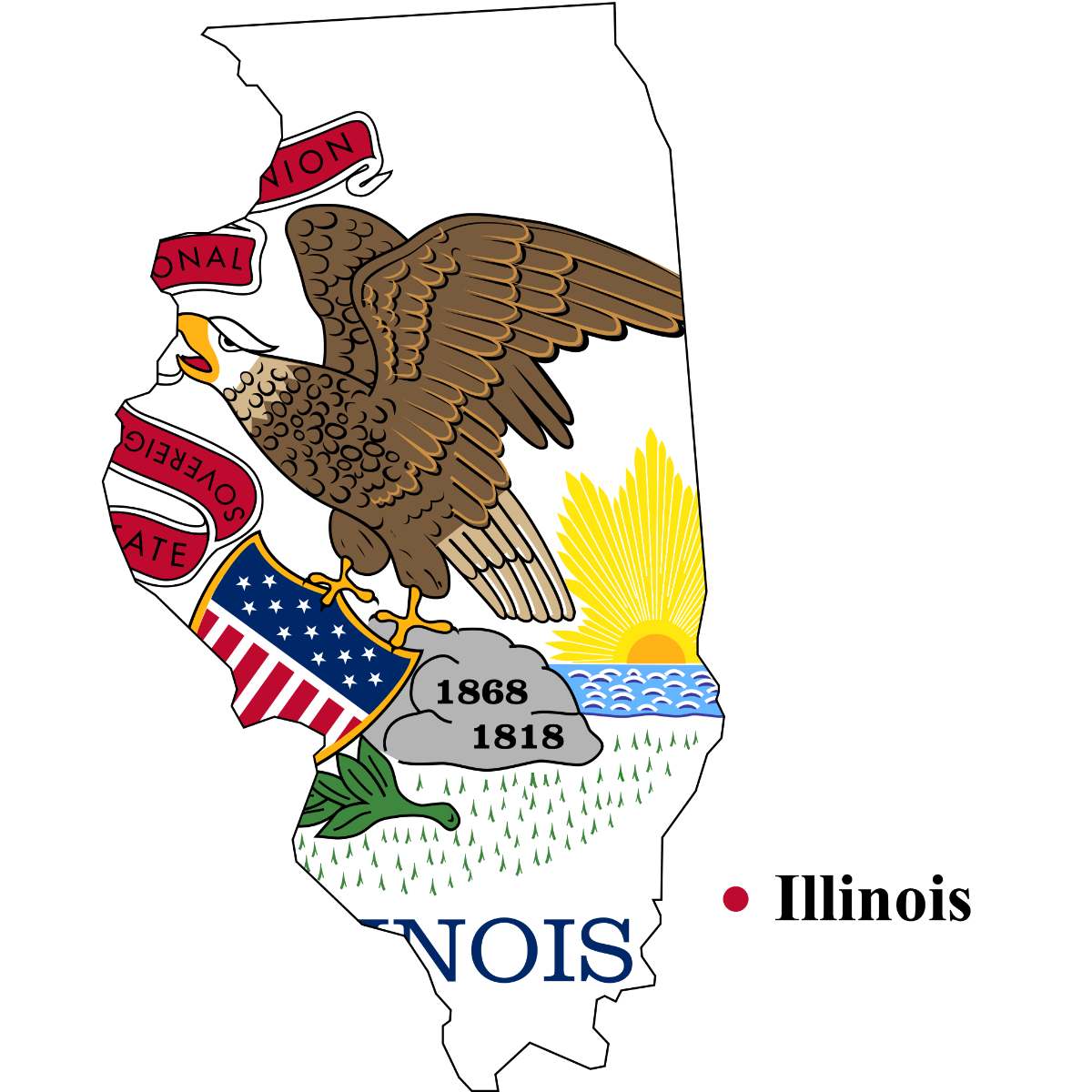Direct answer: Yes, Illinois does have a Zero Emission Vehicle (ZEV) mandate.
As we navigate the current environmental crisis, it’s crucial to be informed about our state’s efforts towards sustainable transportation.
This post provides you with a comprehensive understanding of Illinois’ ZEV mandate, which is an essential part of reducing carbon emissions.
For those eager to contribute to cleaner energy initiatives or curious about how Illinois compares to other states in implementing green policies – this article is for you.
With thorough research and expertise on the topic, I’ll guide you through the details of the mandate and its alignment with environmental regulations.
Together, we’ll explore whether Illinois is on track in adopting electric vehicles (EVs) for a more sustainable future.

Key Takeaways
| 1 | The Illinois Environmental Protection Agency is required to implement the motor vehicle emission standards, including zero-emission vehicle standards, by August 2022. The Illinois Department of Central Management Services also needs to establish a State Fleet Working Group for a ZEV procurement plan. |
| 2 | Illinois has several policies supporting the adoption of electric vehicles (EVs), including the introduction of the Zero Emission Vehicles program in 2021. The state aims to have one million electric vehicles on the roads by 2030. |
| 3 | While Illinois has adopted similar standards to California’s Low-Emission Vehicle (LEV) standards, they have not fully embraced California’s ZEV program yet. Therefore, there is still progress being made towards achieving this goal for cleaner transportation options within the state. |
Understanding Illinois’s Zero Emission Vehicle (ZEV) Mandate
Does Illinois have a ZEV mandate? The answer is a definitive yes. As part of the state’s commitment to reducing carbon emissions, Illinois has enacted mandatory regulations for zero-emission vehicles.
Specifically, the state has mandated that by August 2022, the Illinois Environmental Protection Agency adopt rules to implement stringent motor vehicle emission standards—standards that include zero-emission vehicles.
This move is not just for show; it carries with it real implications for manufacturers. Indeed, these rules will necessitate that manufacturers produce and sell an ever-increasing number of low- to medium-duty vehicles and trucks that are zero-emissions.
This mandate reflects the most up-to-date thinking in sustainable transportation and green policy, solidifying Illinois’s commitment to becoming a leader in environmental regulations.
Meanwhile, as part of this comprehensive effort, the Department of Central Management Services has been tasked with establishing a State Fleet Working Group—an entity charged with developing and implementing a ZEV procurement plan.
To learn more about what this means in practice, visit this resource on Zero Emission Vehicles.
Exploring the Role of Illinois Environmental Protection Agency and Department of Central Management Services in Implementing ZEV Standards
The role played by both the Illinois Environmental Protection Agency and Department of Central Management Services is pivotal in meeting these new emission standards.
The former must draft rules by August 2022 which detail how vehicle emission standards will be implemented—including those pertaining to zero-emission vehicles.
These rules provide clear guidelines for manufacturers on what types of vehicles should be produced moving forward based on their pollution levels—thereby promoting more environmentally-friendly practices within vehicle manufacturing sectors.
On its part, the Department of Central Management Services must form a State Fleet Working Group responsible for creating an effective procurement plan for Zero Emission Vehicles (ZEVs).
This group aims to ensure organized acquisition efforts align perfectly with state goals regarding lower carbon emissions and sustainable transportation.
Moreover, both organizations play crucial roles in actualizing Governor Pritzker’s ambitious plan aiming for 1 million electric vehicles on Illinois roads by 2030—a testament to their shared commitment towards achieving cleaner transportation infrastructure across Illinois.
To find out which U.S. States have a ZEV Mandate, read my article: Which Are The Zero Emission Vehicle U.S. States.
Assessing the Current Progress and Plans for Clean Transportation in Illinois
Illinois is making significant strides towards cleaner transportation options within its borders.
There are several policies currently supporting electric vehicle adoption due to their recognized environmental and financial benefits.
For instance, one such program introduced recently was the Zero Emission Vehicles program launched just last year. This initiative significantly bolstered EV adoption rates statewide.
Moreover, progress can also be seen through collaborative efforts between governmental units under Government Zero Emission Vehicle Act provisions—all aimed at complying with requisite requirements or securing relevant exemptions.
While there’s still work ahead before fully adopting California’s ZEV program (learn more about it here) , this doesn’t detract from remarkable progress made thus far towards sustainable transport solutions across state lines.
Comparison Between Illinois and California’s Low-Emission Vehicle (LEV) Standards
We could say that both states share similar standards when it comes down to low emission vehicles policies; however some differences can be found when comparing them side-by-side.
Illinois has adopted many aspects from California’s LEV policies but hasn’t yet fully embraced all facets of their comprehensive ZEV program – particularly regarding mandated manufacturer quotas for ZEV sales (%10 by 2025).
The most notable difference between two states would be how they approach regulating high-polluting cars; While California mandates fleet-wide average greenhouse gas emissions limits each model year starting from 2009, Illinois does not enforce such regulations.
To understand better how these two regulatory frameworks differ you can consult this detailed overview on California Air Resources Board (CARB) website .
Conclusion
Illinois is progressively adopting cleaner transportation measures that include promoting the use of zero-emission vehicles.
Despite the state not having fully adopted California’s Zero Emission Vehicle program, it exhibits substantial progress towards achieving environmentally friendly transportation goals.
- Tesla Charger Installation Cost (Home Setups) - March 1, 2024
- Tesla Phone Key Disconnected (Troubleshooting Guide and Quick Fixes) - March 1, 2024
- Tesla FSD 12 (Explained) - March 1, 2024